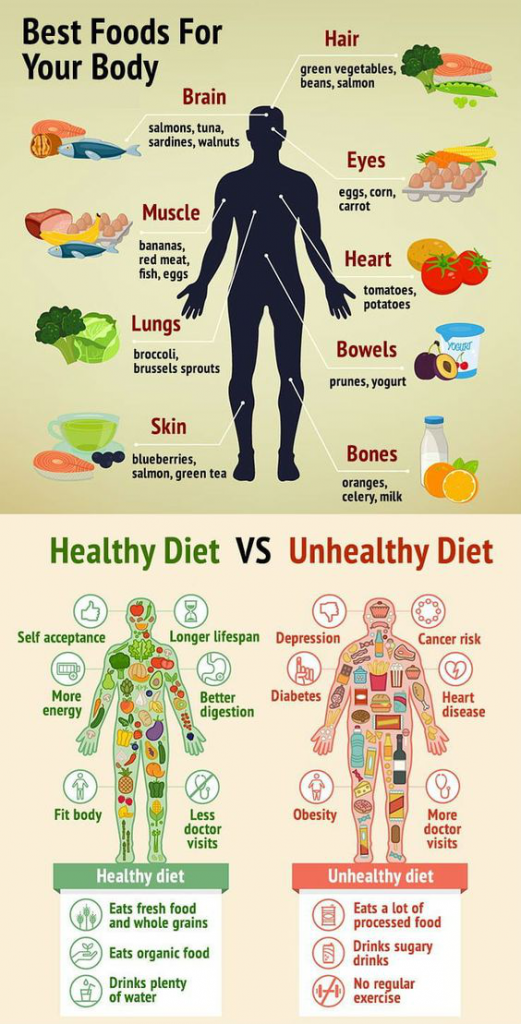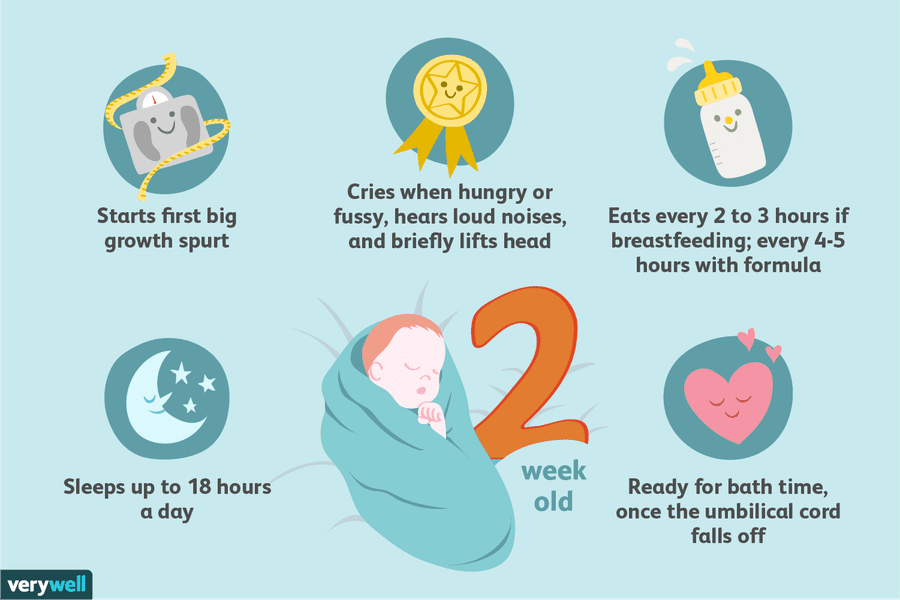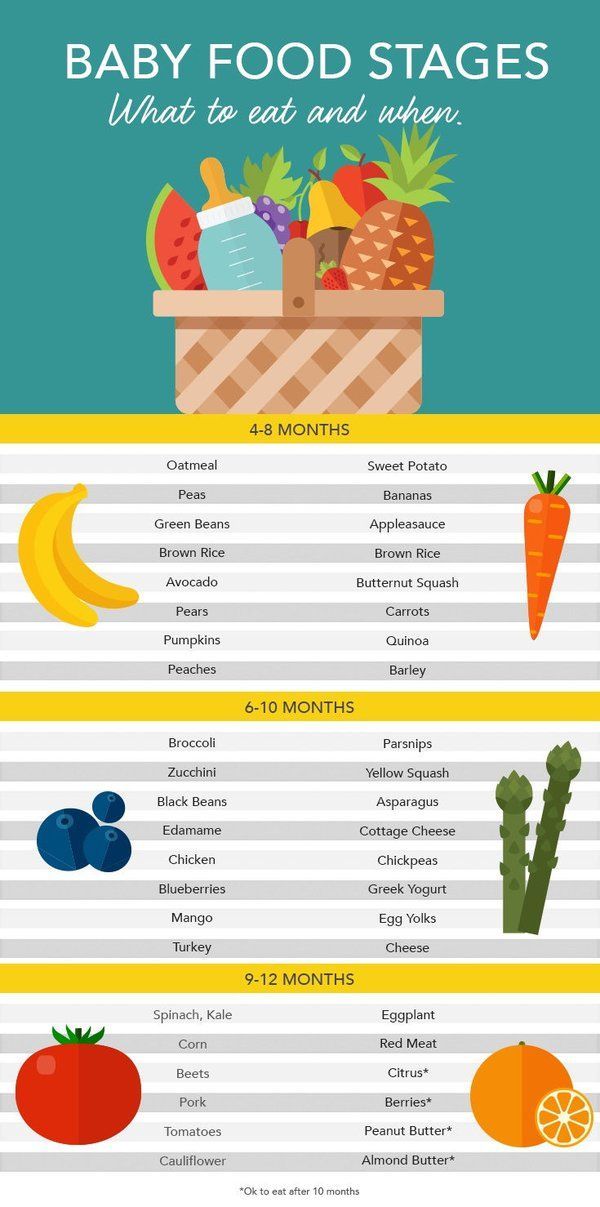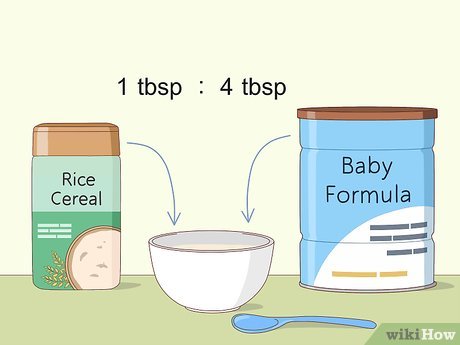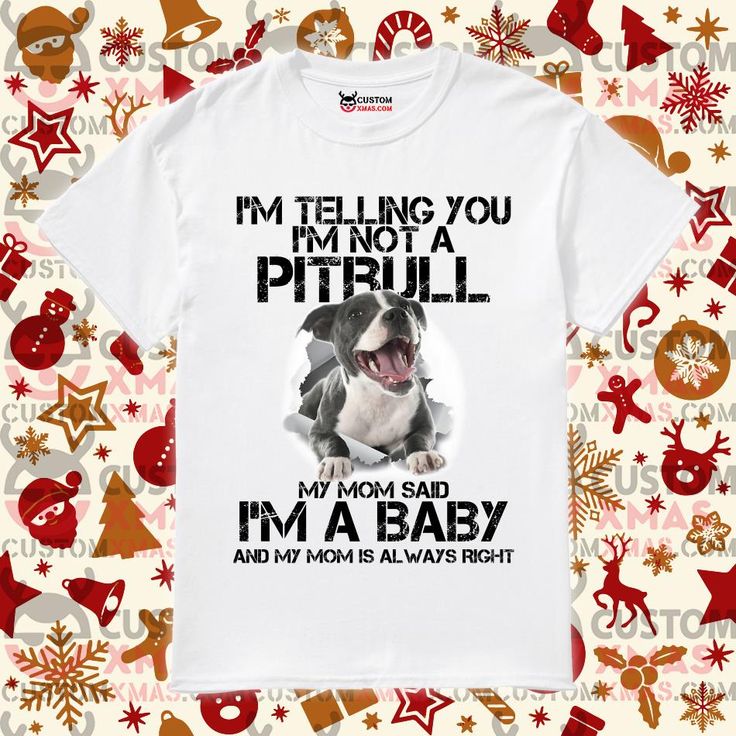Feeding baby vegan diet
Raising a Vegan Baby or Toddler: Is It Safe?
There was a time when, if you told people you were planning to raise your baby vegan from the get-go, you’d be met with raised eyebrows or even indignant comments. How would your child get enough protein and nutrients? Wouldn’t they have deficiencies?
(Annnnd this is why we don’t always share our child-rearing plans with others, right?)
These days, with the increasing popularity of plant-based diets, it’s far more accepted to bring your child up on a diet free of animal products.
In fact, according to a 2016 position paper from Academy of Nutrition and Dietetics, appropriately planned vegetarian diets (including a vegan diet) can be healthful and nutritionally adequate for people of all ages — including infants and children.
Still, it’s important to know that raising a vegan baby does come with some risks and may not be suitable for all children. Here’s everything you need to know about raising your child on a vegan diet as a baby, toddler, and beyond.
When it comes to babies and veganism, safety seems to be the question on everyone’s minds. Is it really okay for a growing 0- to 12-month-old to never eat meat, dairy, fish, or eggs?
For most kids, yes! “In general, it’s safe and healthy to offer a plant-based diet [for this age range],” confirms pediatric dietitian Amy Chow, RD.
Of course, for your child’s first several months, they’ll need only one type of food: breast milk or formula. (The American Academy of Pediatrics recommends introducing solids around 6 months of age.) While some vegan soy-based baby formulas do exist, they can be hard to find.
The good news, though, is that breastfeeding is compatible with a vegan lifestyle. Although breast milk is technically an “animal” product, because it is human milk made for human babies, it poses no ethical conflict.
Even when do you introduce solids, keeping animal products off the high chair tray doesn’t have to be problematic for your child’s health and safety. However, meal planning probably won’t be as simple as it would be for omnivores.
However, meal planning probably won’t be as simple as it would be for omnivores.
For all diets, it’s important to keep the three macronutrients in mind: protein, fat, and carbohydrates. But for vegan babies, the right amounts of protein and fat are especially critical.
“Protein is usually met through a vegan diet, but only if animal proteins are adequately replaced by plant-based proteins (i.e. beans, peas, lentils, tofu, nut/seed butters),” says Chow.
Use caution with feeding your child low-protein vegan milk alternatives like almond, coconut, or rice milk, too. “These aren’t recommended for babies and toddlers, as they will fill up their tiny tummies without much nutrition.”
Getting enough fat also supports growing baby bodies and brains. When introducing solids, Chow suggests sticking to healthy plant-based sources of fat, such as vegetable oil, nut and seed butters, hemp hearts, ground flax seeds, chia seeds, and avocado.
Unfortunately, foods that provide DHA omega-3 fatty acids (the kind that contribute to neural and cognitive development in babies) come primarily from animals.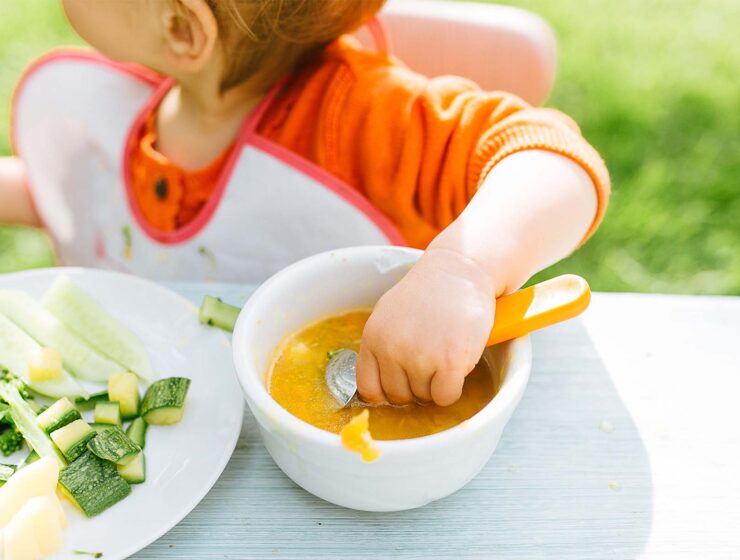
After your child is weaned from breastfeeding or a DHA-fortified formula, talk to your doctor about the possibility of a DHA supplement.
The nutrients of concern on a vegan diet are, of course, those that come in smaller amounts in plants than in animal foods. These include (but aren’t limited to) vitamin B12, iodine, iron, and calcium.
Vitamin B12 is a micronutrient found in meats, eggs, and dairy products. Many fortified foods, such as breakfast cereals and soy milk, are enriched with B12, so take care to offer plenty of these to your baby.
As for iodine, although seafood, eggs, and milk products are among the best sources, you can find it in some cereals and grains. However, this is one nutrient you may need to supplement in your child’s diet, partly because much of our dietary supply comes from fortified salt.
“Plant-based diets can be low in iodine, and because added salt is not generally recommended for babies under 12 months, vegan babies may be at risk for iodine deficiency,” Chow says.
And there’s good reason why you’ll often see iron touted as an important mineral for growing babies. “Iron needs for babies are highest from 7 to 12 months due to the rapid growth rate,” Chow explains.
However, non-heme iron from plant-based sources has low bioavailability (has less of an active effect in the body). And the higher amount of fiber from a vegan diet — specifically, certain compounds found in grains and beans — may actually decrease that active effect even more.
Chow shares some helpful strategies: “Combine non-heme iron (i.e. lentils, peas, beans, ground seeds, seed butters, tofu) with a source of vitamin C, use a cast iron pan for cooking, and offer iron-fortified baby cereal.”
Last but not least, we’d all probably point to cow’s milk as a top source of calcium — but since it comes from a cow, you’ll obviously need an alternative for your child’s vegan diet. Look to other calcium-rich foods like fortified soy milk, tofu, almond butter, sesame butter, and leafy greens.
Although many Americans are deficient in dietary fiber, a vegan diet can actually provide too much fiber of your baby’s tiny GI tract.
Not only can this cause gas, diarrhea, and extra fussiness, it can have other, less obvious consequences. “Too much fiber can lead to poor absorption of important nutrients like iron, zinc, and calcium,” says Chow.
So what’s a vegan parent to do when introducing fiber-rich foods like grains, soy, veggies, and beans? Try the following:
- increase fiber gradually in your baby’s diet
- offer plenty of fluids while increasing fiber
- soak and drain sprouting beans, grains, nuts, and seeds to improve digestibility and reduce nutrient binding
In an ideal world, everyone who provides care for your baby would understand what does and doesn’t belong on your child’s vegan diet — and be on board with the idea. The real world, of course, isn’t so perfect.
It’s possible you may face resistance or ignorance from caregivers about the choices you’ve made for your baby’s eating.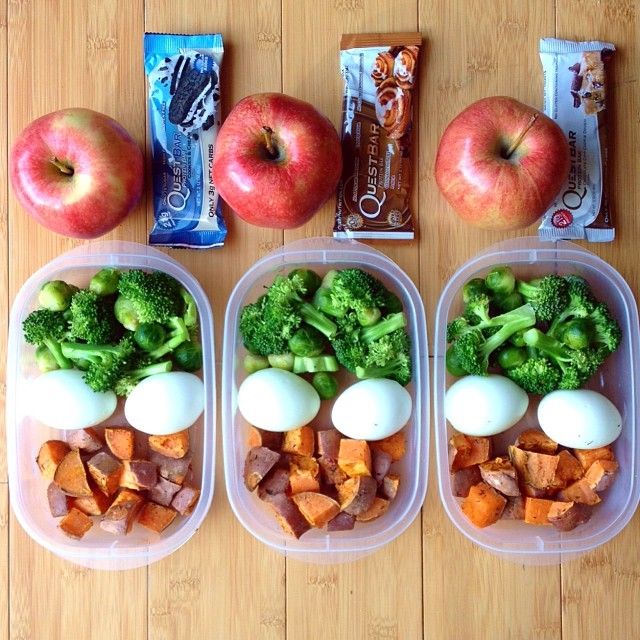 As much as you may provide guidelines for what your child can eat, you may end up having some tough conversations with caregivers.
As much as you may provide guidelines for what your child can eat, you may end up having some tough conversations with caregivers.
You also may need to be prepared for the fact that, when outside of your care, your child will eventually consume some animal products (even if accidentally).
As much as possible, do the emotional work to make peace with what you can’t control, knowing that an unwitting bite of cheese or hamburger won’t ruin your child for veganism forever.
Just like for adults, there are some circumstances where it’s not the best choice for children to eat a vegan diet.
Kids who are extremely picky eaters or have feeding difficulties may be at higher risk of nutritional inadequacy, says Chow. In fact, any health or medical condition that impedes your child’s ability to eat or digest food may be reason enough to forgo a vegan diet.
If your child has this type of health issue, talk with your pediatrician about whether it’s wise to keep animal products off the menu.
Babies who were born prematurely may also benefit from the growth-promoting proteins and fats animal products provide, so your doctor may recommend a more varied diet until your child has caught up on weight.
Chow notes, too, that a vegan diet poses a health concern for babies at high risk of food allergies. “It’s recommended to introduce priority allergens early to reduce risk of developing allergies,” she says. “On a vegan diet, the baby will not be exposed to eggs, dairy, fish, seafood — which are part of the top allergens.”
Plus, we’ll be honest: If your kiddo has multiple food allergies, such as to nuts, seeds, or soy, it can be a pretty epic challenge to make a vegan diet work.
If you have strong feelings about issues like animal cruelty or the health of the environment, it’s only natural to want to raise a child who’s conscious of these concerns.
On the other hand, since veganism may not be right for certain babies or children — at least for a while — it’s best to consult your pediatrician before making the determination to feed your itty-bitty eater a vegan diet.
If you do decide, after consultation with your doctor, that animal-free is the way to go for your whole family, you may be advised to work with a pediatric dietitian. They can help you make a plan for a healthy approach to veganism from infancy on up.
Don’t have a referral? Check the Academy of Nutrition and Dietetics’ registry of practitioners in your area.
A vegan baby doesn’t have to be a contradiction in terms, even from your child’s first days of life. By taking the right precautions, it’s possible to bring your little one up on a diet free of animal products. Your veggie babe can grow up just as healthy and strong as any omnivore.
Raising a Vegan Baby or Toddler: Is It Safe?
There was a time when, if you told people you were planning to raise your baby vegan from the get-go, you’d be met with raised eyebrows or even indignant comments. How would your child get enough protein and nutrients? Wouldn’t they have deficiencies?
(Annnnd this is why we don’t always share our child-rearing plans with others, right?)
These days, with the increasing popularity of plant-based diets, it’s far more accepted to bring your child up on a diet free of animal products.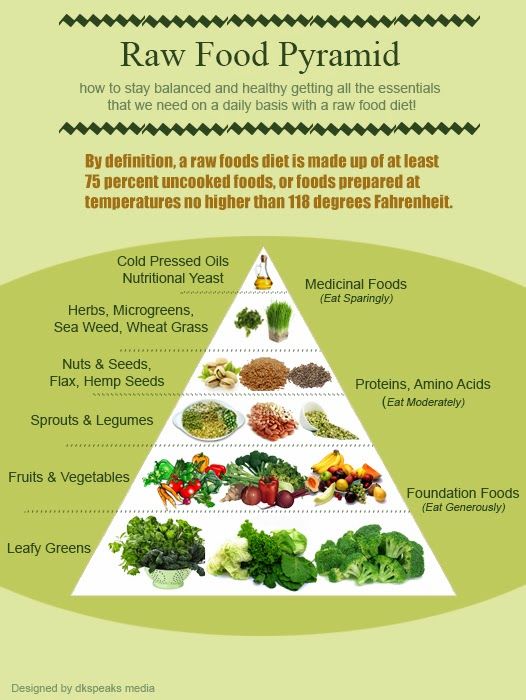
In fact, according to a 2016 position paper from Academy of Nutrition and Dietetics, appropriately planned vegetarian diets (including a vegan diet) can be healthful and nutritionally adequate for people of all ages — including infants and children.
Still, it’s important to know that raising a vegan baby does come with some risks and may not be suitable for all children. Here’s everything you need to know about raising your child on a vegan diet as a baby, toddler, and beyond.
When it comes to babies and veganism, safety seems to be the question on everyone’s minds. Is it really okay for a growing 0- to 12-month-old to never eat meat, dairy, fish, or eggs?
For most kids, yes! “In general, it’s safe and healthy to offer a plant-based diet [for this age range],” confirms pediatric dietitian Amy Chow, RD.
Of course, for your child’s first several months, they’ll need only one type of food: breast milk or formula. (The American Academy of Pediatrics recommends introducing solids around 6 months of age.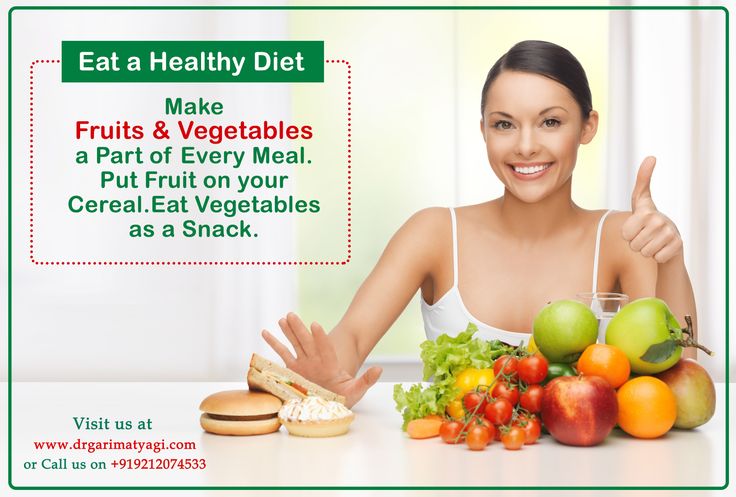 ) While some vegan soy-based baby formulas do exist, they can be hard to find.
) While some vegan soy-based baby formulas do exist, they can be hard to find.
The good news, though, is that breastfeeding is compatible with a vegan lifestyle. Although breast milk is technically an “animal” product, because it is human milk made for human babies, it poses no ethical conflict.
Even when do you introduce solids, keeping animal products off the high chair tray doesn’t have to be problematic for your child’s health and safety. However, meal planning probably won’t be as simple as it would be for omnivores.
For all diets, it’s important to keep the three macronutrients in mind: protein, fat, and carbohydrates. But for vegan babies, the right amounts of protein and fat are especially critical.
“Protein is usually met through a vegan diet, but only if animal proteins are adequately replaced by plant-based proteins (i.e. beans, peas, lentils, tofu, nut/seed butters),” says Chow.
Use caution with feeding your child low-protein vegan milk alternatives like almond, coconut, or rice milk, too.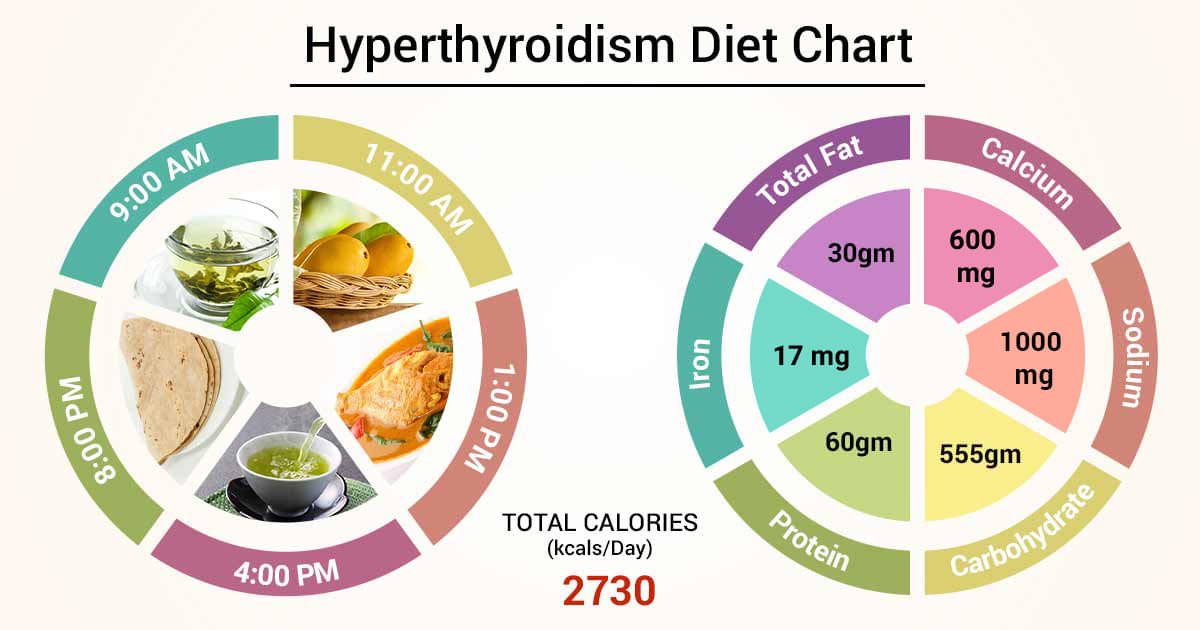 “These aren’t recommended for babies and toddlers, as they will fill up their tiny tummies without much nutrition.”
“These aren’t recommended for babies and toddlers, as they will fill up their tiny tummies without much nutrition.”
Getting enough fat also supports growing baby bodies and brains. When introducing solids, Chow suggests sticking to healthy plant-based sources of fat, such as vegetable oil, nut and seed butters, hemp hearts, ground flax seeds, chia seeds, and avocado.
Unfortunately, foods that provide DHA omega-3 fatty acids (the kind that contribute to neural and cognitive development in babies) come primarily from animals.
After your child is weaned from breastfeeding or a DHA-fortified formula, talk to your doctor about the possibility of a DHA supplement.
The nutrients of concern on a vegan diet are, of course, those that come in smaller amounts in plants than in animal foods. These include (but aren’t limited to) vitamin B12, iodine, iron, and calcium.
Vitamin B12 is a micronutrient found in meats, eggs, and dairy products. Many fortified foods, such as breakfast cereals and soy milk, are enriched with B12, so take care to offer plenty of these to your baby.
As for iodine, although seafood, eggs, and milk products are among the best sources, you can find it in some cereals and grains. However, this is one nutrient you may need to supplement in your child’s diet, partly because much of our dietary supply comes from fortified salt.
“Plant-based diets can be low in iodine, and because added salt is not generally recommended for babies under 12 months, vegan babies may be at risk for iodine deficiency,” Chow says.
And there’s good reason why you’ll often see iron touted as an important mineral for growing babies. “Iron needs for babies are highest from 7 to 12 months due to the rapid growth rate,” Chow explains.
However, non-heme iron from plant-based sources has low bioavailability (has less of an active effect in the body). And the higher amount of fiber from a vegan diet — specifically, certain compounds found in grains and beans — may actually decrease that active effect even more.
Chow shares some helpful strategies: “Combine non-heme iron (i.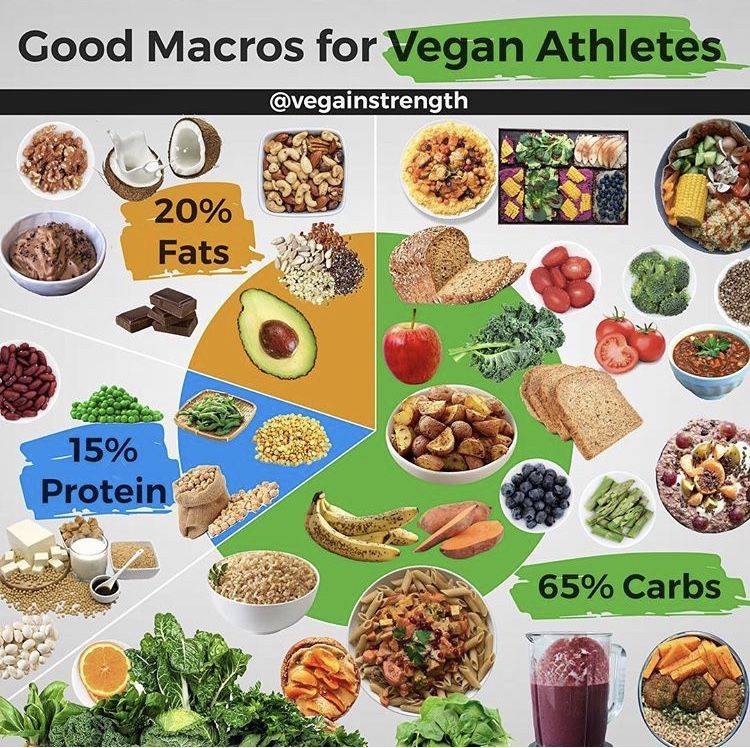 e. lentils, peas, beans, ground seeds, seed butters, tofu) with a source of vitamin C, use a cast iron pan for cooking, and offer iron-fortified baby cereal.”
e. lentils, peas, beans, ground seeds, seed butters, tofu) with a source of vitamin C, use a cast iron pan for cooking, and offer iron-fortified baby cereal.”
Last but not least, we’d all probably point to cow’s milk as a top source of calcium — but since it comes from a cow, you’ll obviously need an alternative for your child’s vegan diet. Look to other calcium-rich foods like fortified soy milk, tofu, almond butter, sesame butter, and leafy greens.
Although many Americans are deficient in dietary fiber, a vegan diet can actually provide too much fiber of your baby’s tiny GI tract.
Not only can this cause gas, diarrhea, and extra fussiness, it can have other, less obvious consequences. “Too much fiber can lead to poor absorption of important nutrients like iron, zinc, and calcium,” says Chow.
So what’s a vegan parent to do when introducing fiber-rich foods like grains, soy, veggies, and beans? Try the following:
- increase fiber gradually in your baby’s diet
- offer plenty of fluids while increasing fiber
- soak and drain sprouting beans, grains, nuts, and seeds to improve digestibility and reduce nutrient binding
In an ideal world, everyone who provides care for your baby would understand what does and doesn’t belong on your child’s vegan diet — and be on board with the idea.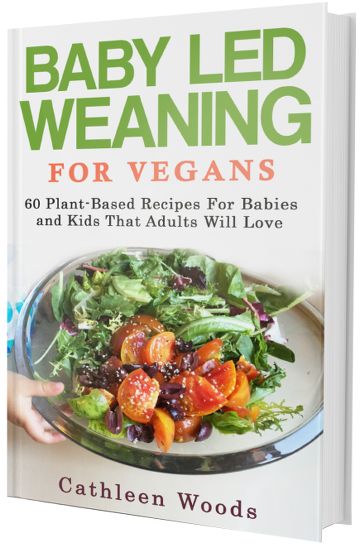 The real world, of course, isn’t so perfect.
The real world, of course, isn’t so perfect.
It’s possible you may face resistance or ignorance from caregivers about the choices you’ve made for your baby’s eating. As much as you may provide guidelines for what your child can eat, you may end up having some tough conversations with caregivers.
You also may need to be prepared for the fact that, when outside of your care, your child will eventually consume some animal products (even if accidentally).
As much as possible, do the emotional work to make peace with what you can’t control, knowing that an unwitting bite of cheese or hamburger won’t ruin your child for veganism forever.
Just like for adults, there are some circumstances where it’s not the best choice for children to eat a vegan diet.
Kids who are extremely picky eaters or have feeding difficulties may be at higher risk of nutritional inadequacy, says Chow. In fact, any health or medical condition that impedes your child’s ability to eat or digest food may be reason enough to forgo a vegan diet.
If your child has this type of health issue, talk with your pediatrician about whether it’s wise to keep animal products off the menu.
Babies who were born prematurely may also benefit from the growth-promoting proteins and fats animal products provide, so your doctor may recommend a more varied diet until your child has caught up on weight.
Chow notes, too, that a vegan diet poses a health concern for babies at high risk of food allergies. “It’s recommended to introduce priority allergens early to reduce risk of developing allergies,” she says. “On a vegan diet, the baby will not be exposed to eggs, dairy, fish, seafood — which are part of the top allergens.”
Plus, we’ll be honest: If your kiddo has multiple food allergies, such as to nuts, seeds, or soy, it can be a pretty epic challenge to make a vegan diet work.
If you have strong feelings about issues like animal cruelty or the health of the environment, it’s only natural to want to raise a child who’s conscious of these concerns.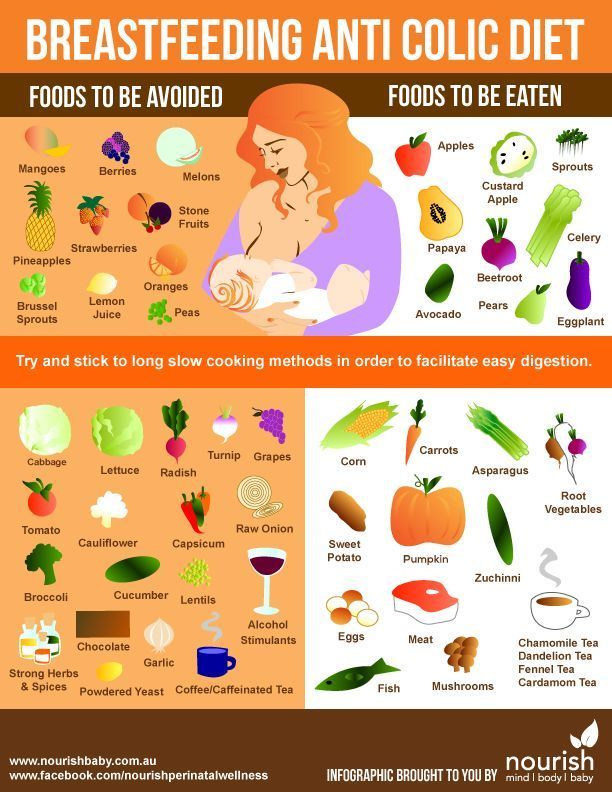
On the other hand, since veganism may not be right for certain babies or children — at least for a while — it’s best to consult your pediatrician before making the determination to feed your itty-bitty eater a vegan diet.
If you do decide, after consultation with your doctor, that animal-free is the way to go for your whole family, you may be advised to work with a pediatric dietitian. They can help you make a plan for a healthy approach to veganism from infancy on up.
Don’t have a referral? Check the Academy of Nutrition and Dietetics’ registry of practitioners in your area.
A vegan baby doesn’t have to be a contradiction in terms, even from your child’s first days of life. By taking the right precautions, it’s possible to bring your little one up on a diet free of animal products. Your veggie babe can grow up just as healthy and strong as any omnivore.
Vegan Complementary Food
Eventually, the years from birth to adolescence are when eating habits are established, growth rates are high, and stores of essential nutrients such as calcium and iron are largely determined.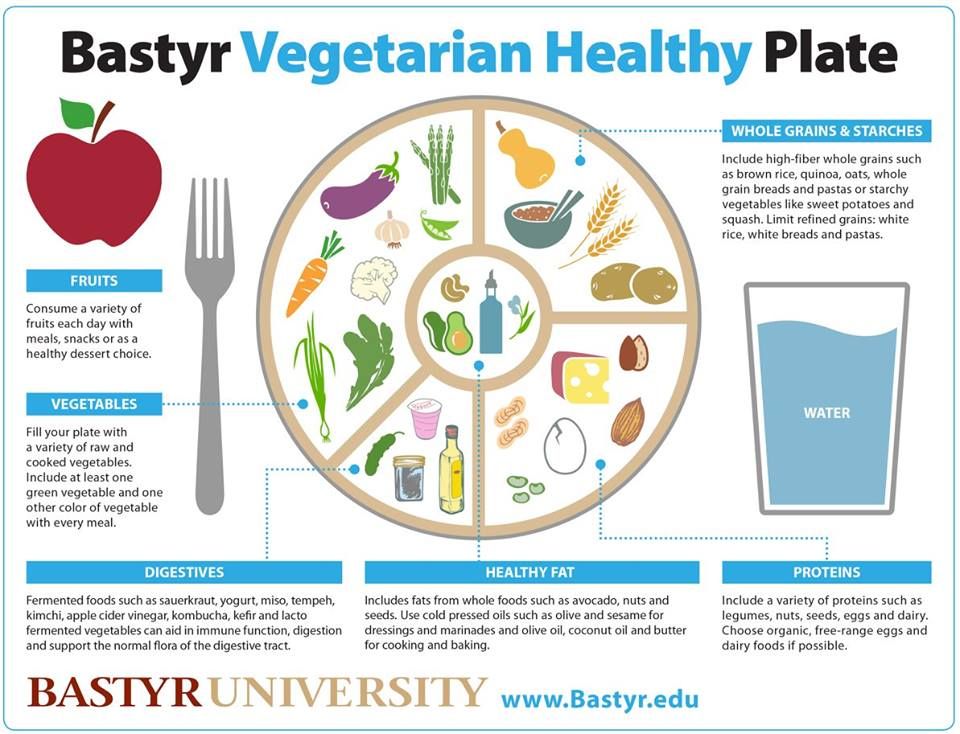
A vegan baby's very first food is breast milk, which has many benefits, including boosting the immune system, protecting against infections, and reducing the risk of allergies. In addition, breast milk contains substances necessary for the growth and development of the child, which, as you know, are not part of artificial milk mixtures. nine0003
Many books on childcare discuss the methods and timing of breastfeeding, let's look at one of them in more detail. Let me warn you in advance, the ideas of vegetarianism and veganism are not encouraged in such literature. This, from the point of view of the authors, is wrong. On a closer look, vegetarian/vegan diets go well with breastfeeding. Indeed, some studies show that the milk of vegetarian women contains less pesticides than the milk of women on the typical "American diet." nine0003
If you are breastfeeding, make sure your baby is getting enough breast milk and you are getting enough vitamin B12. If your diet is not rich in vitamin B12, the child should receive additional vitamin supplements of 0.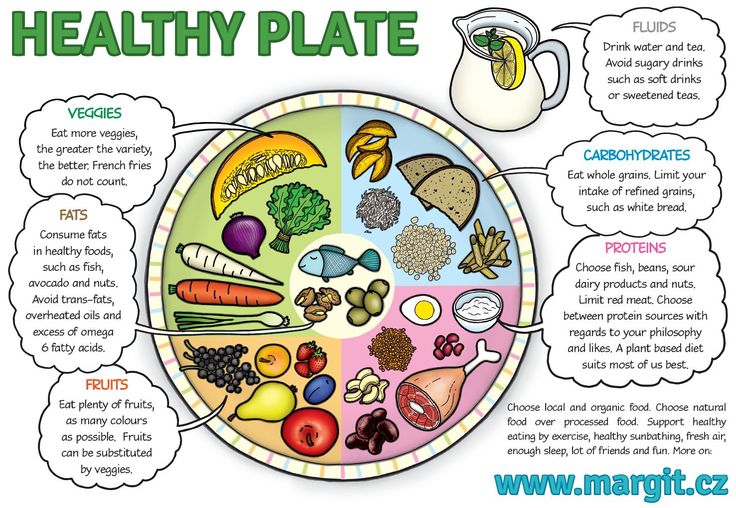 4-0.5 mcg daily.
4-0.5 mcg daily.
Make sure baby gets 30 minutes to 2 hours of sun exposure a week to maintain normal vitamin D levels. Black babies require more sun exposure. If exposure to the sun is limited (climate, winter), additional vitamin D should be given in the amount of 10 micrograms (400 IU) per day. Vitamin D deficiency leads to rickets (improper bone mineralization). Breast milk contains small amounts of vitamin D.
The iron content of breast milk is usually low, regardless of the mother's diet. However, it is easily absorbed by infants from breast milk. Breast milk contains enough iron for the first 4-6 (and even longer) months of a baby's life. There are recommendations to use iron supplements (1 mg/kg/day) from 4 months of age to ensure adequate iron intake. On the recommendation of a dentist or pediatrician, a breastfed child may be given supplemental fluoride after 6 months. nine0003
During the first year of life, breast milk cannot be replaced by soy, rice or other plant milks, or homemade formula.
Such foods do not maintain the correct ratio of proteins, fats and carbohydrates, and also do not contain many vitamins and minerals, to provide a significant part of the diet of the first year of a child's life.
Complementary foods (foods other than breastmilk and formula) may be introduced at different times for different children depending on the rate of growth and development of the child, but usually complementary foods are introduced in the middle of the first year. Some of the signs to indicate the start of the introduction of solid food into a child's diet are: the ability to sit independently without support, the disappearance of the tongue extrusion reflex, an increased interest in food when others are eating, and the ability to take food and put it in the mouth. nine0003
It is best to introduce each food into the diet on different days in order to subsequently identify the allergen. Many start complementary foods with iron-fortified rice porridge. This choice is justified, since rice porridge is a source of iron and is the least likely to cause an allergic reaction. The porridge should be quite liquid, you can cook it with expressed breast milk. Breastfeeding continues in the same volume. Feeding porridge is carried out daily, then two meals a day are allowed, in a third or half a cup. Oats, barley, corn and other grains should be ground in a blender before cooking. It is recommended to introduce these cereals one at a time to exclude the possibility of an allergy. However, they do not contain enough iron, so iron supplements are given extra. nine0003
The porridge should be quite liquid, you can cook it with expressed breast milk. Breastfeeding continues in the same volume. Feeding porridge is carried out daily, then two meals a day are allowed, in a third or half a cup. Oats, barley, corn and other grains should be ground in a blender before cooking. It is recommended to introduce these cereals one at a time to exclude the possibility of an allergy. However, they do not contain enough iron, so iron supplements are given extra. nine0003
When cereals are introduced for complementary foods, fruit juices and vegetables can be introduced. Fruits and vegetables are served well grated or mashed. Banana puree is a favorite of many children. Puree can be made from avocados, apples, pieces of canned peaches or pears. Citrus fruits and juices are allergens, and it is not recommended to introduce them into the child's diet until the age of one. Soft vegetables such as potatoes, carrots, peas, sweet potatoes and green beans are boiled and mashed. When cooking cereals, fruits and vegetables, there is no need to add spices, sugar or salt. Grain products such as pasta, rice, soft bread, dry cereals, and crackers are introduced once the child has mastered chewing skills. By the age of 7-8 months, protein-rich foods are introduced - chopped boiled beans, mashed tofu and soy yogurt. Babies move from mashed and pureed foods to soft pieces of food. Ground nuts and vegetable oil are used as a sauce or gravy. Before a year, it is not recommended to smear nut butter and seed butter on bread or crackers, and also to give from a spoon, in order to avoid suffocation. nine0003
When cooking cereals, fruits and vegetables, there is no need to add spices, sugar or salt. Grain products such as pasta, rice, soft bread, dry cereals, and crackers are introduced once the child has mastered chewing skills. By the age of 7-8 months, protein-rich foods are introduced - chopped boiled beans, mashed tofu and soy yogurt. Babies move from mashed and pureed foods to soft pieces of food. Ground nuts and vegetable oil are used as a sauce or gravy. Before a year, it is not recommended to smear nut butter and seed butter on bread or crackers, and also to give from a spoon, in order to avoid suffocation. nine0003
Many parents prefer to introduce complementary foods with industrial baby food. There are products on the market that are suitable for vegan babies. Read the package directions carefully, as commercial baby food choices are limited for vegan children, and parents often prefer to prepare their own baby food. Products should be washed well, boiled until cooked and chopped in a blender or wiped before use.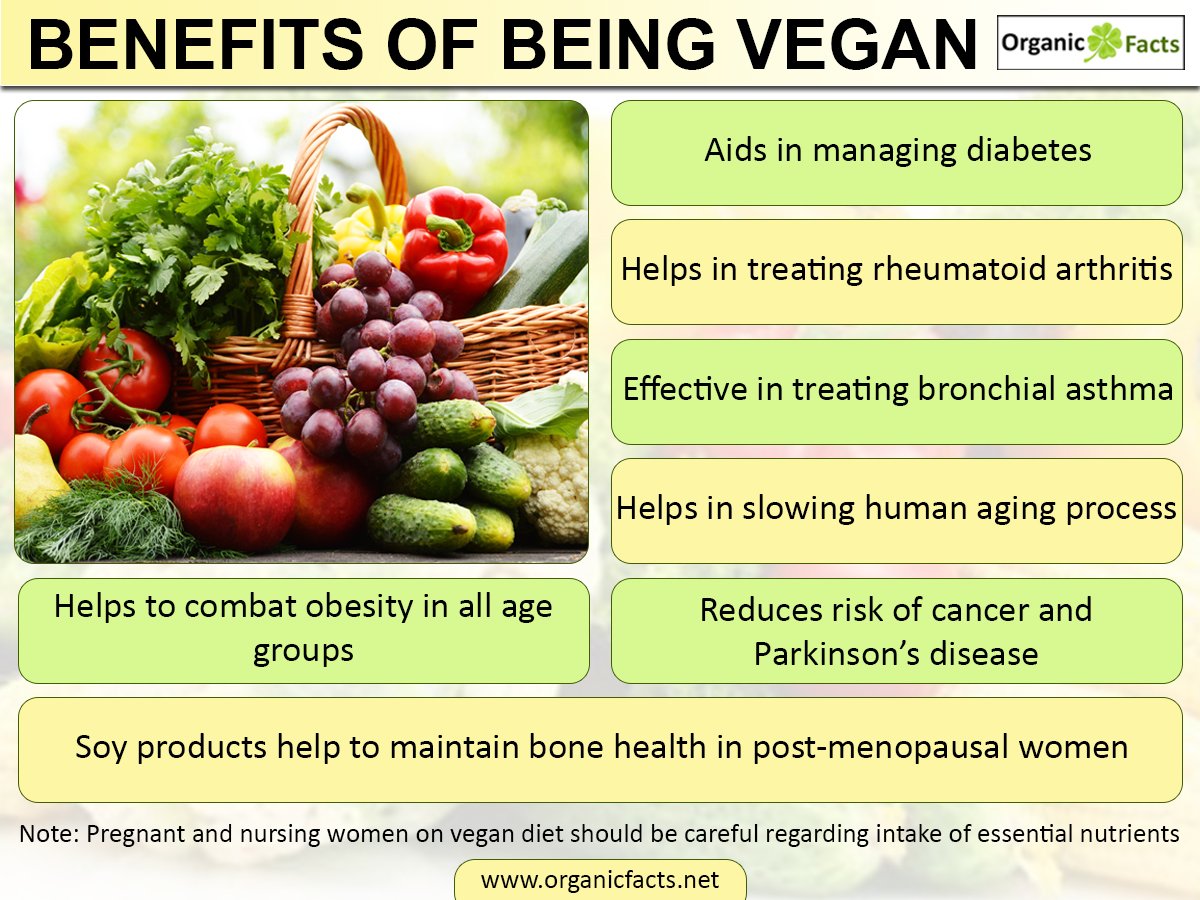 Homemade food can be stored in the refrigerator for up to two days or frozen in small quantities until next time. nine0003
Homemade food can be stored in the refrigerator for up to two days or frozen in small quantities until next time. nine0003
By 10-12 months, babies usually eat the approximate amount of food shown in the table:
Vegan nutrition 6-12 months
|
Of course, breastfeeding up to a year and beyond has a positive effect, since breast milk is rich in nutrients. Supplementary foods for vegan children consist of soy milk, which contains calcium, vitamin B12 and vitamin C, and is low in fat. Skimmed soy milk is not recommended for use before two years of age. Milk based on rice, oats, hemp, almonds and other nuts, as well as coconut milk, is not recommended for children as a main drink, as they are low in protein and low in energy value. nine0003
nine0003
A number of studies show that vegan children do not grow as fast as non-vegetarian children. Such studies are often cited as evidence that vegan diets are at odds with healthy eating. A closer look reveals that the studies are based on the ideas of veganism, i.e. the diet is very low in calories and has a very limited diet (for example, only fruits and nuts). However, many vegan children are breastfed. Breastfed babies under one year of age tend to gain weight more slowly than formula-fed babies. The growth charts of vegetarian children have been questionable until recently. Prior to 2006, infant growth charts were mainly based on growth gains in formula-fed infants. According to this schedule, it seems that breastfed babies grow more slowly. In 2006, the World Health Organization (WHO) published growth charts based on the growth of infants, according to which the height and weight of children under 2 years of age, children are estimated. Height and weight guidelines for children over 2 years of age are described in the growth charts of the Centers for Disease Control and Prevention. nine0003
nine0003
An impossible question to ask: “What is a normal growth rate?” Growth rate is assessed by comparing changes in the child's height and weight and head circumference, applicable to most healthy children. When measuring a child's height and weight, the data is compared with a graph to assess the growth dynamics of children according to age. There is no ideal height and weight for a child. Growth charts are percentage based. If your child's height is in the 50th percentile, this means that 50% of children of this age are slightly taller and 50% are shorter. Weight is measured in the same way, the 25th percentile means that 25% of children weigh less than this level and 75% weigh more at the same age. nine0003
Some studies show that vegan children rank lower in weight and height percentiles than other children of the same age, but recent studies show that vegan children do not grow differently from non-vegetarian children of the same age. A wide range of percentile growth is considered “normal”. A child who is within the 10th percentile of weight and 95th percentile of height is developing within the "healthy" range. If the child is below 2nd or above 98th percentile of weight and head circumference (or below the 2nd percentile of height), the doctor finds out the reasons and makes appropriate recommendations. In addition, large leaps in development are not characteristic of children, so with a jump from the 75th to the 25th percentile, malfunctions in the body can serve as the cause and additional research is needed. The assessment of the growth and weight rates of children aged 2 years and older is carried out according to other standards, and the body mass index (BMI) is calculated. If the BMI is above the 95th percentile, the child is overweight. If BMI is between 85 and 95th percentile - the child is at risk of being overweight. If the BMI is below the 5th percentile, then the child is considered underweight and further testing is needed.
A child who is within the 10th percentile of weight and 95th percentile of height is developing within the "healthy" range. If the child is below 2nd or above 98th percentile of weight and head circumference (or below the 2nd percentile of height), the doctor finds out the reasons and makes appropriate recommendations. In addition, large leaps in development are not characteristic of children, so with a jump from the 75th to the 25th percentile, malfunctions in the body can serve as the cause and additional research is needed. The assessment of the growth and weight rates of children aged 2 years and older is carried out according to other standards, and the body mass index (BMI) is calculated. If the BMI is above the 95th percentile, the child is overweight. If BMI is between 85 and 95th percentile - the child is at risk of being overweight. If the BMI is below the 5th percentile, then the child is considered underweight and further testing is needed.
Of course, the estimation of the height and weight of any child is influenced by factors such as heredity of the parents, the timing of delivery and health status.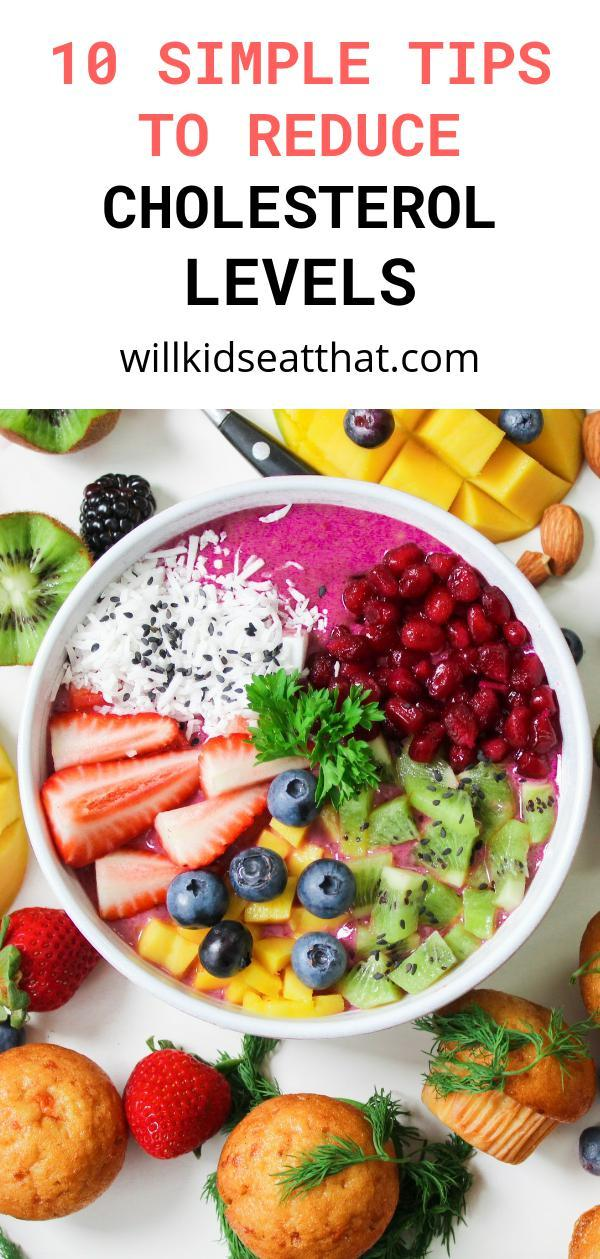
The best way to understand if children are on schedule is to calculate the calorie content of the food the child consumes. The most difficult thing to calculate the calorie content of vegan dishes due to their large volume. The size of the baby's stomach is small and may fill up before the baby has had enough food to support growth. A sensible intake of fats (found in avocados, nuts, nut butters, seeds, and vegetable oils) is a source of extra calories needed by vegan children. There is a high calorie content in dried fruits, a source of calcium, in addition, many children like dried fruits. After eating dried fruits, you need to brush your teeth so that caries does not form. nine0003
Are low-calorie foods suitable for children? Some parents, in their desire to reduce the risk of disease in their children, further significantly limit the intake of fats in the diet of children (from 10 to 15% of calories). Sometimes a very low fat diet can interfere with a child's growth due to a lack of calorie intake. There is no evidence that a very low-fat diet will lead to better health in a child. A vegan diet is higher in fat (25 to 35 percent of calories). Fat intake should not be restricted for children under 2 years of age. Fat should make up 30 to 40% of calories at 1-3 years of age, 25 to 35% of calories at 2-3 years of age, and 25 to 35% of calories for children over 3 years of age and teens. If the fat intake is below the indicated data, make sure that the child is of normal growth, the child consumes enough food and does not experience nutritional deficiencies. nine0003
There is no evidence that a very low-fat diet will lead to better health in a child. A vegan diet is higher in fat (25 to 35 percent of calories). Fat intake should not be restricted for children under 2 years of age. Fat should make up 30 to 40% of calories at 1-3 years of age, 25 to 35% of calories at 2-3 years of age, and 25 to 35% of calories for children over 3 years of age and teens. If the fat intake is below the indicated data, make sure that the child is of normal growth, the child consumes enough food and does not experience nutritional deficiencies. nine0003
Young children should not eat a high fiber diet, as fiber limits the amount of food eaten. The fiber content of a child's vegan diet is reduced by offering the child processed grains, fruit juices, and peeled vegetables.
Protein sources for vegan children include legumes, cereals, tofu, tempeh, soy milk, nuts, peanut butter, tahini, soy sausage, soy yogurt, and veggie burgers. Some of these products are suitable for daily use.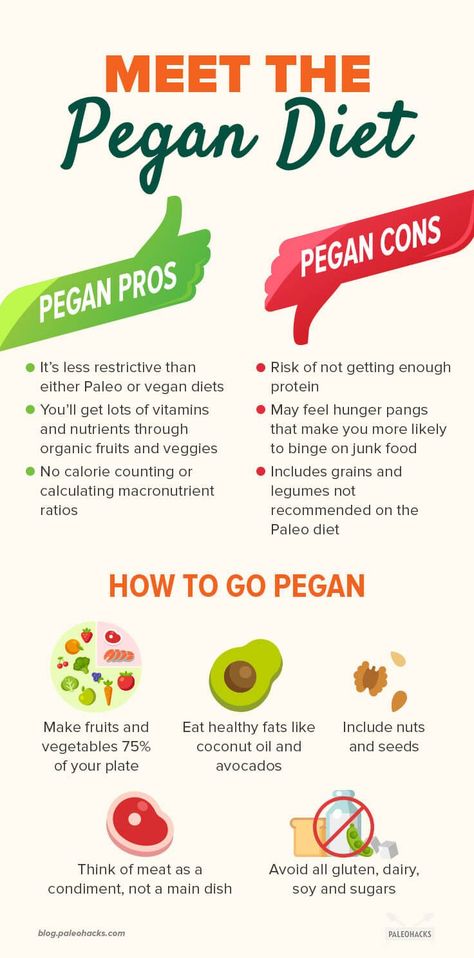 Children should get enough calories as protein is involved in growth in addition to meeting energy needs. nine0003
Children should get enough calories as protein is involved in growth in addition to meeting energy needs. nine0003
The table shows a sample meal plan for vegan children:
| Children 1-3 years old | |
| Dishes | Serving size |
| Cereals | 6 or more servings (a serving is 1/2 to 1 slice of bread, 1/4 to 1/2 cup of cooked cereal or cereal, or 1/2 to 1 cup of ready-to-eat cereal) |
| Legumes, nuts, seeds | 2 or more servings (serving is 1/4 to 1/2 cup cooked beans, tofu, or tempeh; or 30g meat substitute; or 1-2 tbsp nuts, seeds, nut oil, or vegetable oil. Minimum included 1 serving of nuts, seeds, or saturated soy product.3 (one serving equals 1 glass of fortified soy milk, infant formula, or breast milk) |
| Soy milk | 3 (one serving equals 1 cup of fortified soy milk, infant formula, or breast milk) |
| Vegetables | 2 or more (1/4 to 1/2 cup cooked or 1/2 to 1 cup raw vegetables |
| Fruit | 3 or more (1/4 to 1/2 cup canned fruit or 1/2 cup juice or 1 medium fruit) |
| Fats | 3-4 servings (1 tsp. |
| Children 4-13 years old | |
| See note | |
| Dishes | Serving size |
| Cereals | 8 or more for children 4-8 years of age; 10 and over for children 9-13 years old |
| Proteins | 5 or more for children 4-8 years of age; 6 and more for children 9-13 years old | nine0059
| Vegetables | 4 or more |
| Fruit | 2 or more |
| Fats | 2 or more for children 4-8 years old; 3 and more for children 9-13 years old |
| Omega-3 fatty acids | once a day |
| Other foodstuffs | nine0002 6 or more for children 4-8 years old; 10 and over for children 9-13 years old |
Notes: Serving sizes vary by child's age.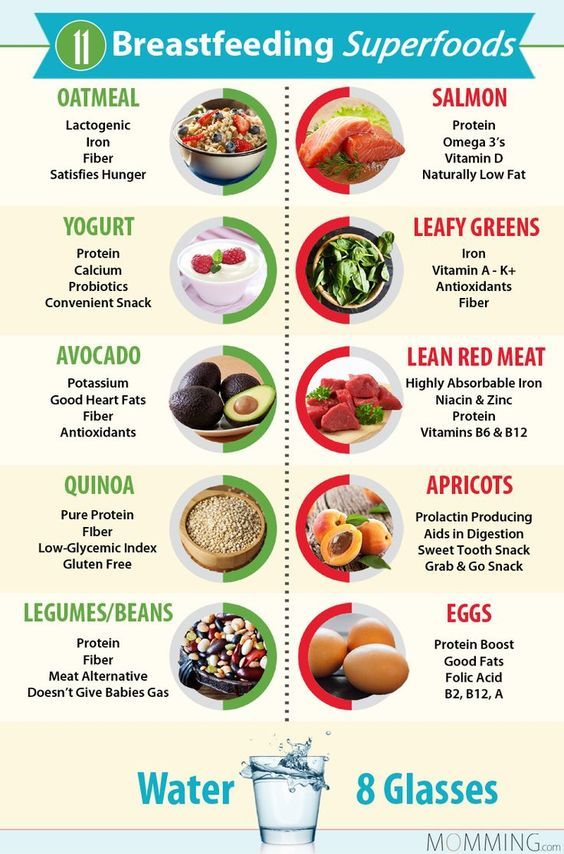
Caloric intake can be increased by eating more nut butters, dried fruits, soy products, and other high-calorie foods.
Nutritional yeast is a source of vitamin B12. Vitamin B12 is found in soy milk, cereals and meat analogues are enriched with it, and vitamin B12 is also taken as an additional vitamin supplement. nine0003
Sun exposure (20 to 30 minutes of sun exposure two to three times a week) is recommended to stimulate vitamin D synthesis. If sun exposure is limited, vitamin D is supplemented.
Today, more and more children are vegan from birth, many children become vegan at an older age. There are several ways to switch from a non-vegan to a vegan diet. Some families are gradually cutting out dairy and eggs, while others are making a more drastic transition. Regardless of which approach is chosen, be sure to explain to the child what is happening and why in a way that the child understands. First of all, products familiar to the child are offered.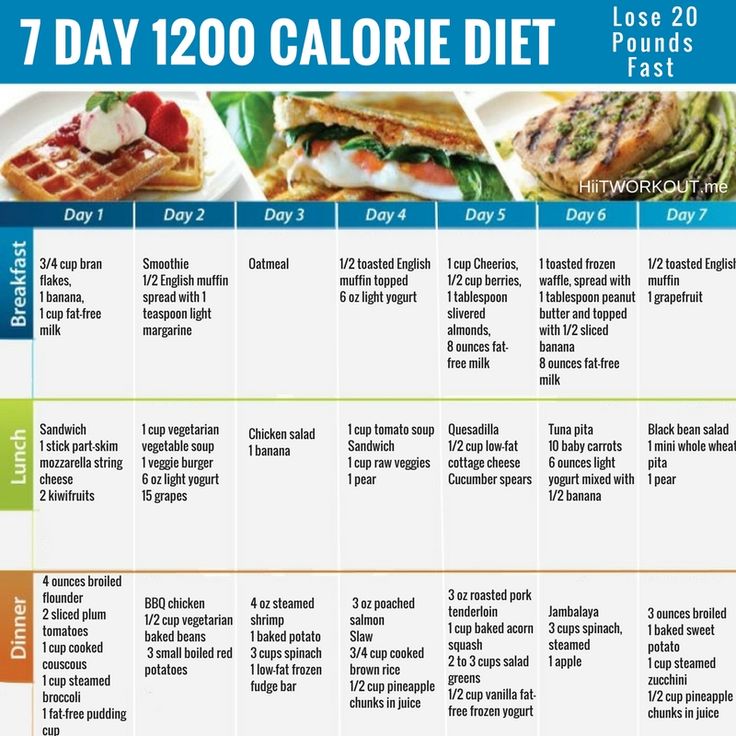 For example, peanut butter sandwiches (unless the child is allergic to peanuts), pasta, or tacos. New products are gradually introduced. Care should be taken with the child's weight gain. If there is a stop or loss in weight, it is recommended to add more high-calorie foods to the diet and reduce the child's fiber intake. nine0003
For example, peanut butter sandwiches (unless the child is allergic to peanuts), pasta, or tacos. New products are gradually introduced. Care should be taken with the child's weight gain. If there is a stop or loss in weight, it is recommended to add more high-calorie foods to the diet and reduce the child's fiber intake. nine0003
Vegan adolescents
Vegan adolescents have the same nutritional needs as other adolescents. The period between 13 and 19 years is a time of especially rapid growth and changes in the body. During these years, the need for nutrients is high. Teenage vegans should follow the same guidelines as adult vegans by eating a variety of foods, including fruits, vegetables, leafy greens, whole grains, nuts, seeds, and legumes. Products should be rich in nutrients and vitamins. nine0003
The recommended amount of protein is 0.43 grams per kg of body weight for children 11-13 years of age and 0.4 grams per kg of body weight for children 14-18 years of age.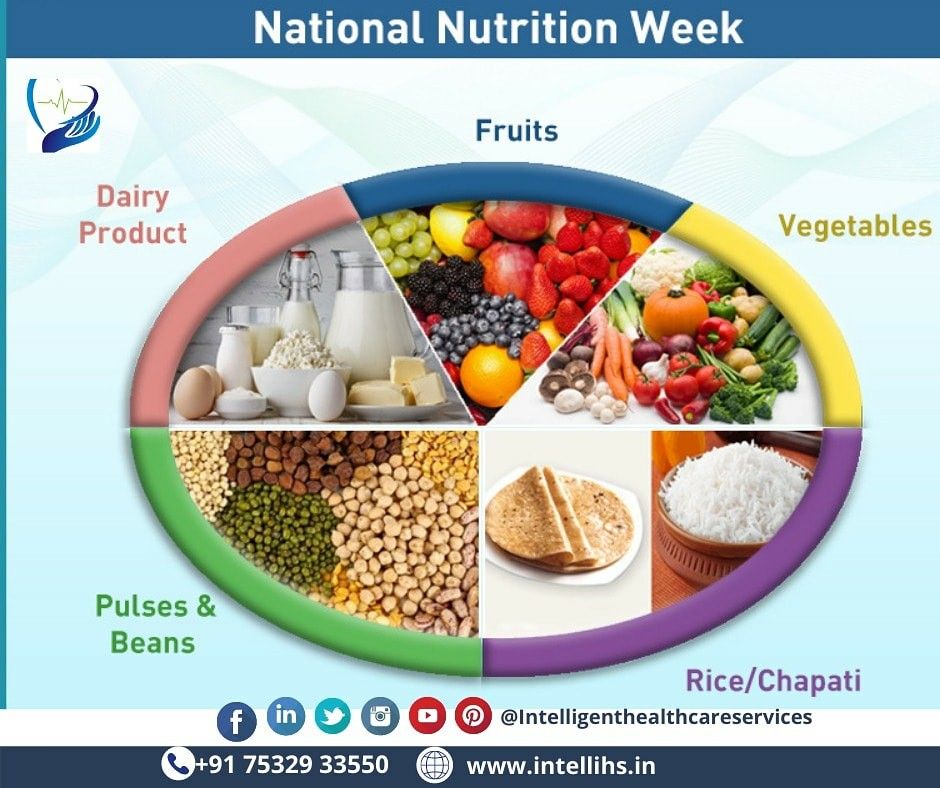 For those who have increased physical activity (for example, marathon runners), you may need more protein foods. A 16-year-old child weighing 60 kg needs 48 grams of protein, which is 1 serving of cooked dried beans (about 15 grams of protein), a cup of soy milk (7 grams of protein), 110 grams of tofu (10-11 grams of protein), a tablespoon of peanut butter or peanuts (4 grams of protein), 1 slice of bread, or 1 serving of fiber (about 3 grams of protein). nine0003
For those who have increased physical activity (for example, marathon runners), you may need more protein foods. A 16-year-old child weighing 60 kg needs 48 grams of protein, which is 1 serving of cooked dried beans (about 15 grams of protein), a cup of soy milk (7 grams of protein), 110 grams of tofu (10-11 grams of protein), a tablespoon of peanut butter or peanuts (4 grams of protein), 1 slice of bread, or 1 serving of fiber (about 3 grams of protein). nine0003
A diet that includes fruits, fats and alcohol is not rich in protein and therefore cannot be based on these foods alone. Vegans eat a varied diet: vegetables, legumes, cereals, nuts, seeds, so they do not lack protein, which is necessary for growth and is a source of energy value. There is no need to take protein supplements. Also, if the diet is based on a high-protein diet, it does not bring health benefits, since muscle mass is not built up.
During adolescence, calcium is required for bone growth, so it is important to include calcium-rich foods in your daily diet. nine0003
nine0003
Cow's milk and dairy products contain calcium, but other sources of calcium are available, such as tofu processed with calcium sulfate, green leafy vegetables, including leafy greens, mustard greens, and cabbage, as well as tahini (sesame oil), soy milk, and fortified orange juice.
By eating a varied diet, vegans meet their iron needs while avoiding the excess fat and cholesterol found in red meat (beef or pork). To ensure the absorption of iron from food, you need to eat foods rich in vitamin C - citrus fruits and juices, tomatoes, broccoli. Foods high in iron include broccoli, watermelon, spinach, green beans, molasses, peas, and pinto beans. nine0003
In adolescence, it is important to consume enough vitamin B12, it is not found in plant foods, but it is in some cereals.
Many adolescents are concerned about excessive weight loss or gain. To lose weight, pay attention to your diet. If your teen eats a lot of sugary or fatty foods, replace them with fruits, vegetables, whole grains, and legumes.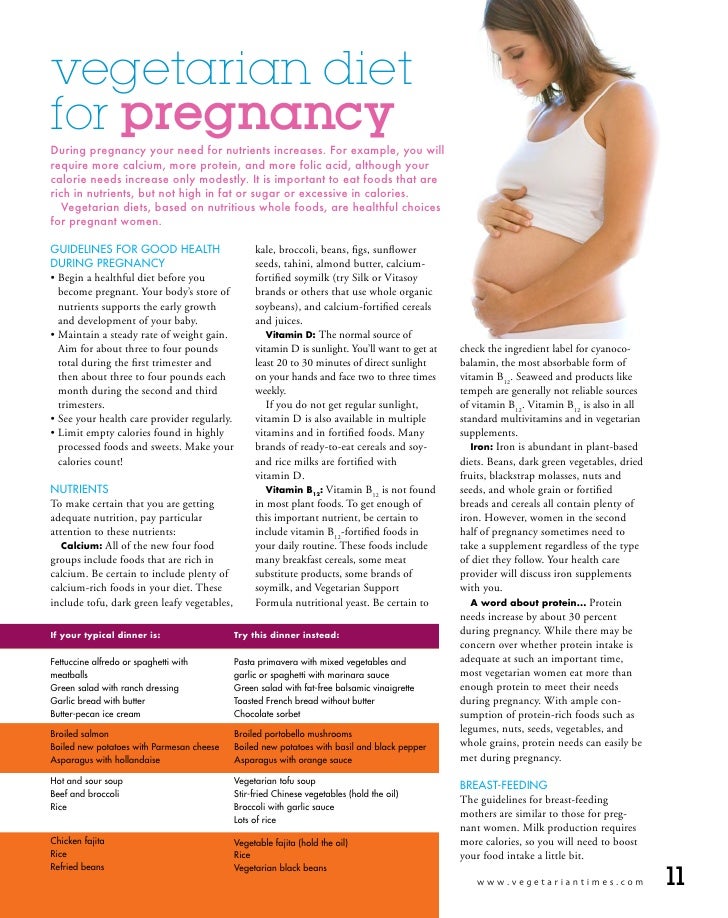 If the diet is correct, but there is increased physical activity - daily walking, running or swimming, it is necessary to additionally control weight. To gain weight, you need more calories. You may need to eat more often or eat high-fat foods. Try to eat three or more meals a day, even if you're trying to lose or gain weight. It is difficult to get all the nutrients if you only eat once a day. If your eating behavior is out of control or if you are losing weight too quickly, you should see your doctor. nine0003
If the diet is correct, but there is increased physical activity - daily walking, running or swimming, it is necessary to additionally control weight. To gain weight, you need more calories. You may need to eat more often or eat high-fat foods. Try to eat three or more meals a day, even if you're trying to lose or gain weight. It is difficult to get all the nutrients if you only eat once a day. If your eating behavior is out of control or if you are losing weight too quickly, you should see your doctor. nine0003
There is often not enough time to eat. Below are some of the foods kids can eat as a quick snack. Some of these products can be found in fast food restaurants.
Snack ideas to take home with you: apples, oranges, bananas, grapes, peaches, plums, dried fruit, bagels and peanut butter, carrot or celery sticks, popcorn, pretzels, soy cheese, pizza , bean tacos or burritos, salad, soy yogurt, soy milk, rice cakes, sandwiches, frozen fruit juice. nine0003
Translated by Alena Zakharova, babysitter at the Mama City Family Training and Support Center
Abridged.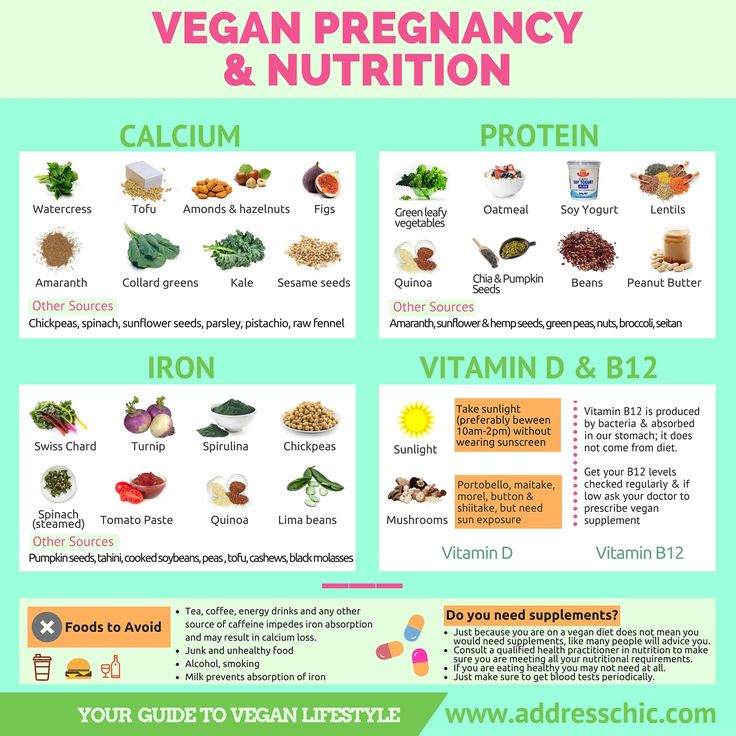
This information is provided for guidance and is not intended as a recommendation. The opinion of the editors of the site may differ from the opinion of the authors of this article.
Original:
http://www.vrg.org/nutshell/kids.php
My experience with vegetarian food
I am posting in a separate post on sentence forisma :
every time I see these baby jars, I give a link to the feed community. this system is especially suitable for vegetarians and vegans, in my opinion.
http://community.livejournal.com/ped_prikorm/profile
but it's not very clear how to administer it for those who are breastfeeding, formula fed. although I would try it too, slowly, I still find it healthier than jar food.
the essence of such complementary foods is that it:
- from the same that the whole family eats (and therefore if the family is vegan, then the complementary foods are vegan, plus an incentive for everyone to eat healthy)
- immediately teaches to chew, because it is natural for children to learn to chew from 6 months to 1.
I have experience of such feeding of a vegetarian child, I am very satisfied: the child eats almost everything, while all my friends who received canned complementary foods suffer from very poor appetite and eat almost nothing.
there were no problems "choking" or "poorly digested" at all.
the amount of food became significant by 1y2m-1y3m. started at 6 months, at first only cereals, then vegetables, then everything else. legumes were introduced with caution, as were dairy products (lacto veg baby, I was lacto veg then too). nine0003
...
teeth usually appear at 6 months. then there is an interest in food. Then they start feeding.
but it starts with micro-pieces - pieces the size of a couple of rice grains, they can be swallowed without problems. The first time they are certainly not digested, but then they begin to be digested. gradually the amount of food increases, the amount of breast milk decreases, the number of teeth is added, the ability to bite and chew is trained - all this happens simultaneously and in parallel.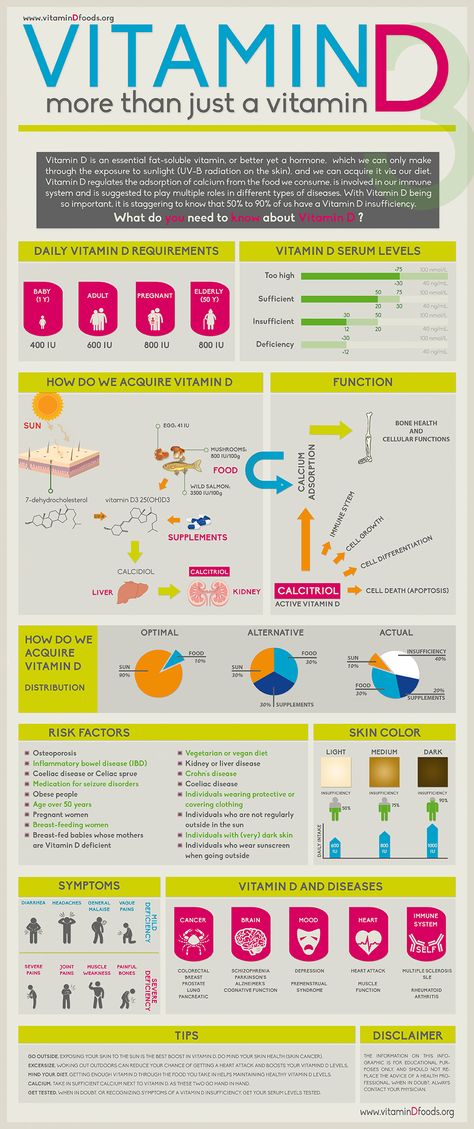

 C. Injection of vegetable and fruit puree starts
C. Injection of vegetable and fruit puree starts  margarine or butter), 1/2 tsp. linseed oil, 2 tsp canola oil daily to avoid deficiencies in omega-3 fatty acids
margarine or butter), 1/2 tsp. linseed oil, 2 tsp canola oil daily to avoid deficiencies in omega-3 fatty acids 
